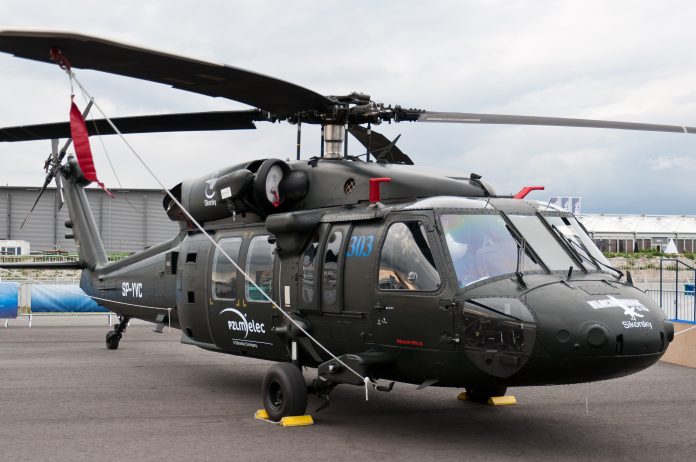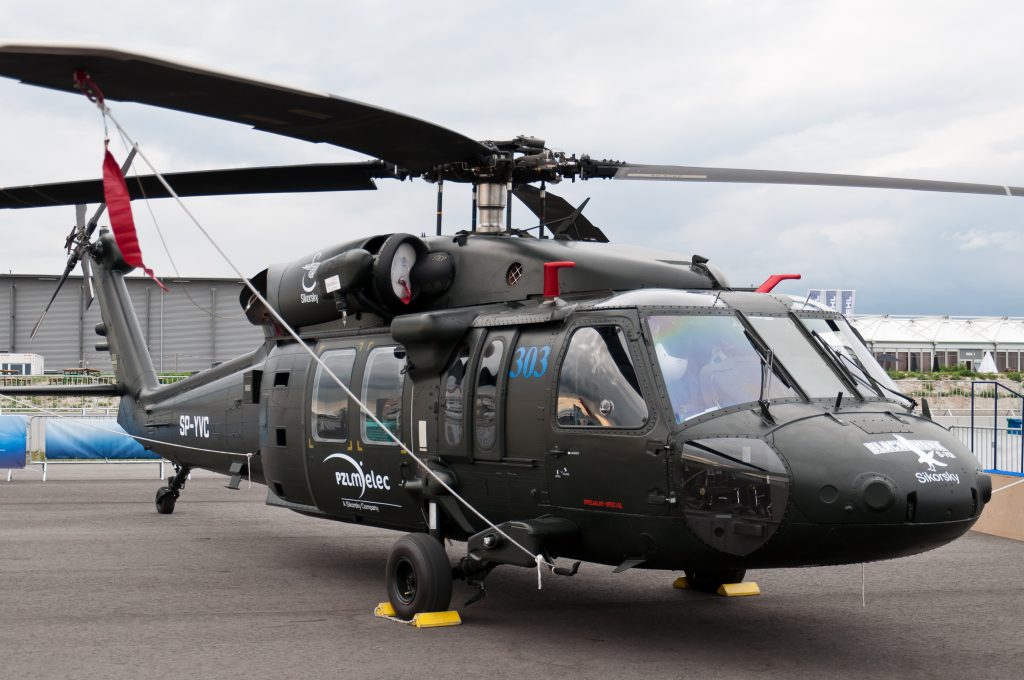
It was just after 8:48 p.m. when a U.S. Army UH-60 Black Hawk helicopter, flying a low-level training mission along the Potomac River, crossed directly into the landing path of an American Airlines regional jet on approach to Ronald Reagan Washington National Airport. Seconds later, both aircraft plunged into the icy water, killing all 67 people aboard. The midair collision the deadliest U.S. aviation accident in decades has become a catalyst for a sweeping reexamination of how America manages its skies.

1. A Convergence of Failures in the Tower and Cockpit
Investigators have focused on a series of procedural and technical failures. On the night of the accident, the DCA tower had combined helicopter and fixed-wing control positions into one role – a common but high-risk staffing practice as a national shortage of air traffic controllers deepens. FAA officials acknowledged that no safety alert was issued to the jet’s crew even though the proximity of the Black Hawk was known. Transcripts reveal the helicopter pilots apparently assured controllers twice that they had visual separation – assurances belied by flight data.
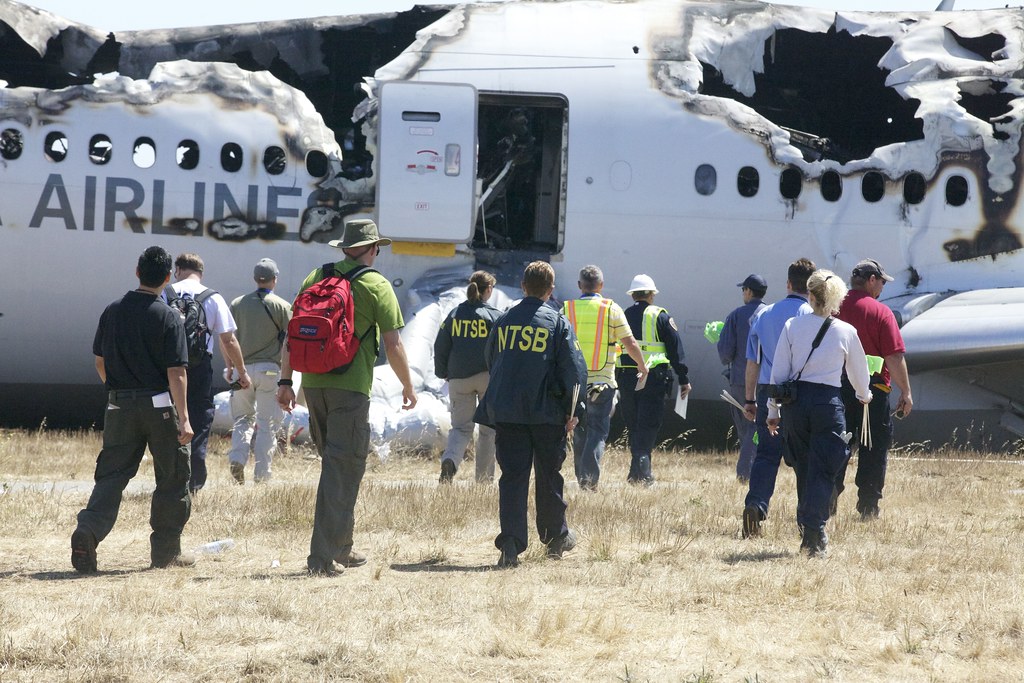
2. Altimeter Errors and Military Flight Protocols
The NTSB concluded the collision occurred at approximately 278 feet well above the 200-foot ceiling allowed for helicopters on that route. Subsequent post-crash testing of similar aircraft produced barometric altimeter errors of 80 to 130 feet, a discrepancy the Army considered within tolerance but which was beyond the NTSB’s calculated 75-foot safety margin for that segment. The incident has refueled debate over rescheduling or rerouting military training flights operating in congested civilian corridors, particularly when night vision goggle operations occur during peak traffic hours.

3. A System Built on Mid-Century Foundations
This accident underlined the fragility of an air traffic control network still dependent on 1960s-era radar, voice radio, and fixed-route navigation. While initiatives pursued under NextGen indeed introduced ADS-B and Performance-Based Navigation, core architecture remains a patchwork of legacy systems. As one industry analysis noted, primary surveillance radars currently in operation began deployment in the 1950s-70s and the air route structure fundamentally hasn’t changed in over half a century.

4. Musk, Starlink and the FAA’s communications lifeline
Against that background, Transportation Secretary Sean Duffy has initiated talks with Elon Musk about incorporating Starlink’s satellite broadband into FAA operations. That move comes amid growing unease about the FAA’s $2.4 billion contract with Verizon to deliver the FAA Enterprise Network Services (FENS) upgrade. Musk has warned the agency that the existing L3Harris-built communications backbone is in “single digit months to catastrophic failure.” Already, the FAA is testing Starlink terminals in New Jersey and Alaska, though questions remain about whether satellite-based links can meet the latency, redundancy, and security requirements of national ATC.

5. Lack of Staff and Operational Pressure
The FAA is short about 3,500 controllers nationwide, a gap that forces operational compromises. At DCA, former tower manager Clark Allen testified controllers were frequently instructed to “make it work” a euphemism for stretching procedures to maintain throughput. Constrained staffing, combined with this culture, has been linked to increased runway incursions and near-misses, amplifying calls for both accelerated hiring and procedural safeguards that cannot be waived for expediency.

6. Limiting Helicopter Operations within Sensitive Airspace
In response to the crash, Duffy has already adopted NTSB recommendations to permanently shut down nonessential helicopter operations through the DCA corridor and to ban mixed helicopter-jet operations on shared approach paths. The moves directly address concerns by FAA staff about Route 4’s proximity to commercial arrival streams that had been overruled based on continuity-of-government and security missions.
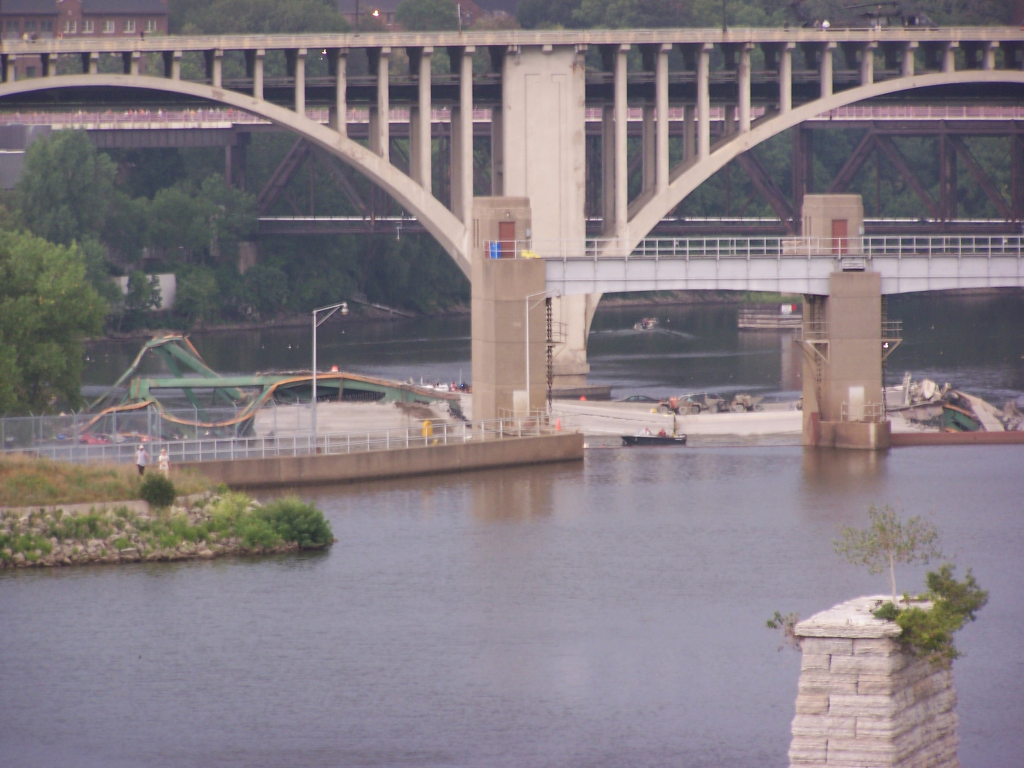
7. Infrastructure Modernization Beyond the Skies
Duffy’s safety agenda carries over into surface transportation, where he’s pushing to streamline permitting and reduce project delivery times. Using models such as the rebuild of the I‑35W bridge, completed in 414 days thanks to design-build contracting and incentive clauses, DOT is pursuing NEPA reforms that include hard deadlines, expanded categorical exclusions, and consolidated agency procedures. The aim build “big, beautiful” infrastructure faster and at lower cost by eliminating what he calls “unnatural cost drivers” such as prevailing wage mandates and redundant environmental reviews.
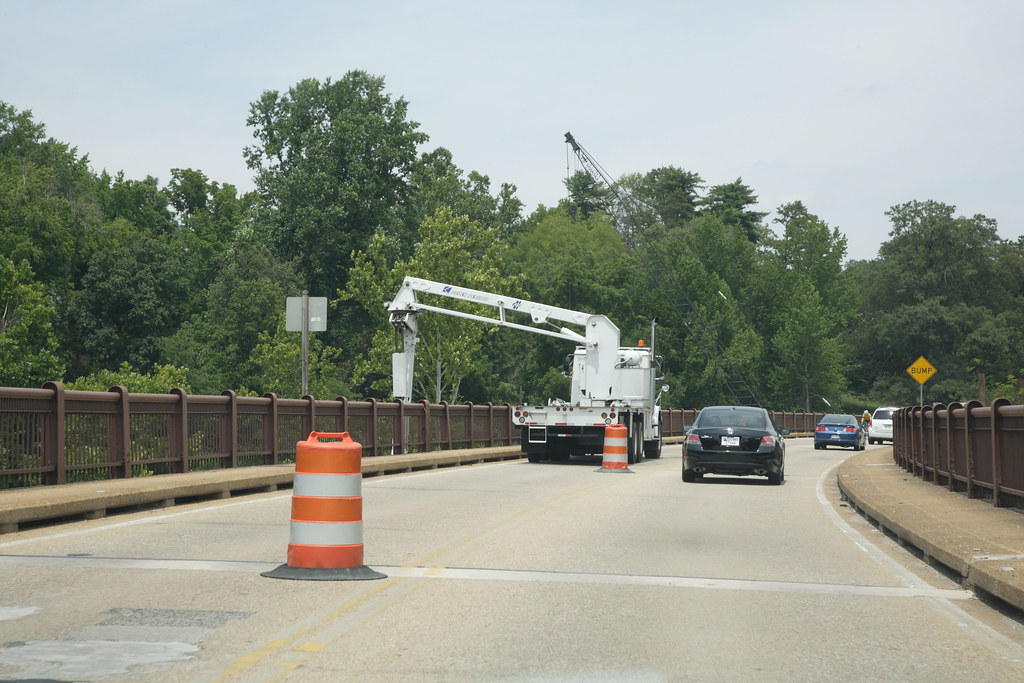
8. Data-Driven Asset Management for Roads and Bridges
In addition to aviation reforms, DOT is utilizing Transportation Asset Management Plans to identify funding and condition gaps in the National Highway System. As detailed in Pew’s analysis, 33 states expect to miss key condition or funding benchmarks over the course of the next decade, and 24 states report a combined $86.3 billion shortfall. Using TAMP data as a part of budget planning, Duffy seeks to prioritize preservation over expansion and shift funding toward those areas that will yield the greatest safety and performance gains.
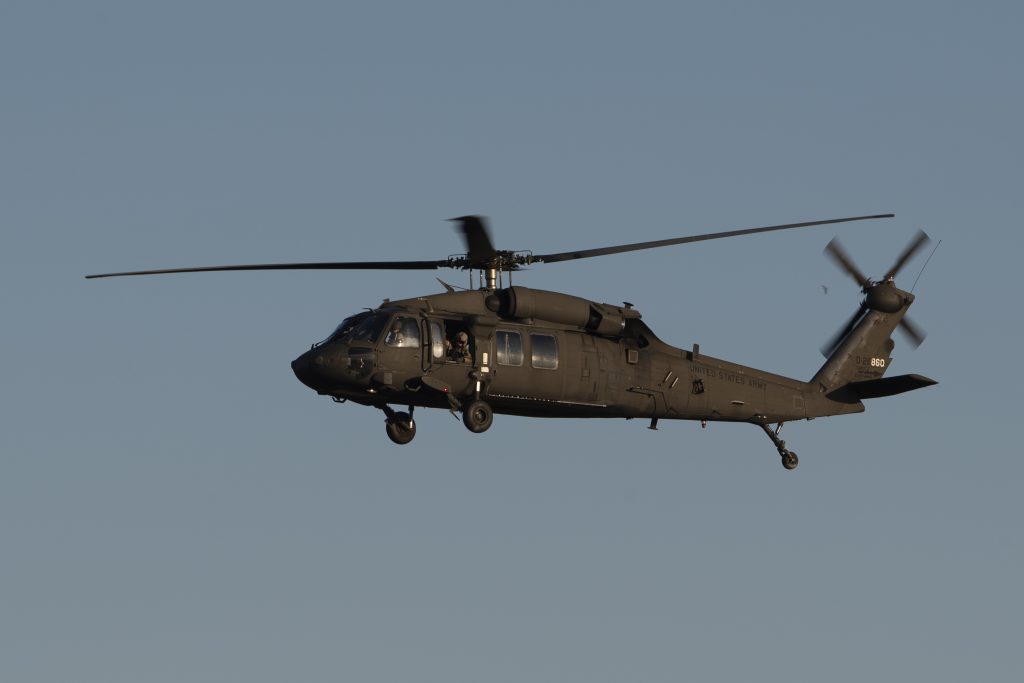
9. Technology and Private Capital in Public Works
Duffy has served notice that he is prepared to mobilise private capital and new technology in aviation and on the surface. For ATC, that may mean hybridising ground-based radar with satellite comms for resilience. On highways, it could mean advanced materials, modular bridge components and AI-driven maintenance scheduling to extend asset life cycles. Innovators who bring quantifiable efficiency gains, he says, will be rewarded with greater autonomy and funding flexibility. What the Black Hawk-American Airlines collision has become, other than a tragic anomaly, is a stress test that the current airspace system failed.
From altimeter calibration to controller staffing, from 20th-century radar to 21st-century satellite comms, the fixes now on the table are as much about engineering discipline as they are about policy resolve. For Duffy’s DOT, the mission is clear modernize fast enough to prevent the next disaster and build smart enough to sustain safety for decades to come.
